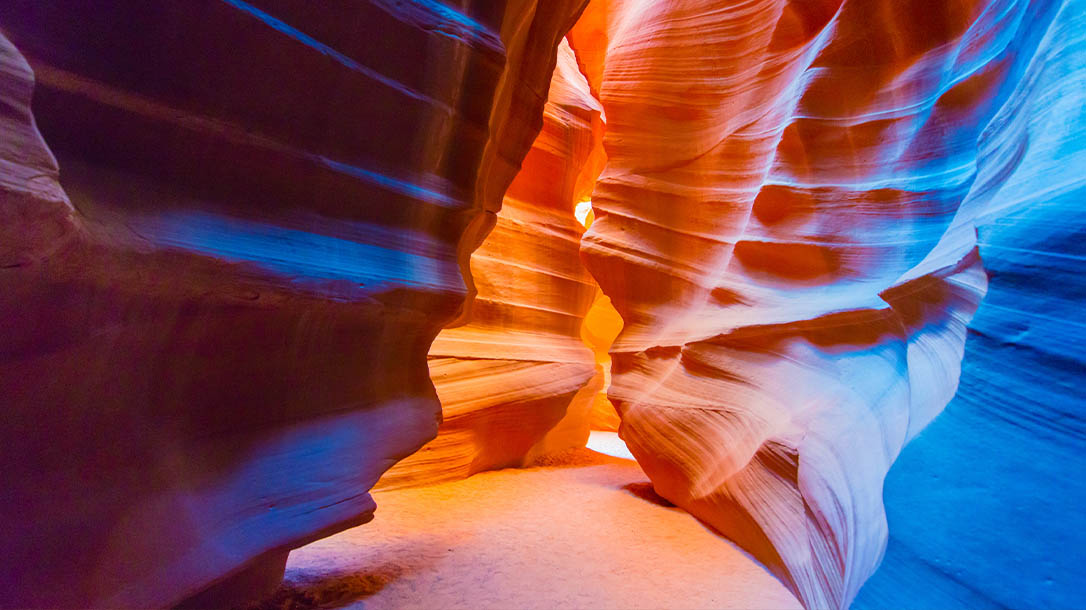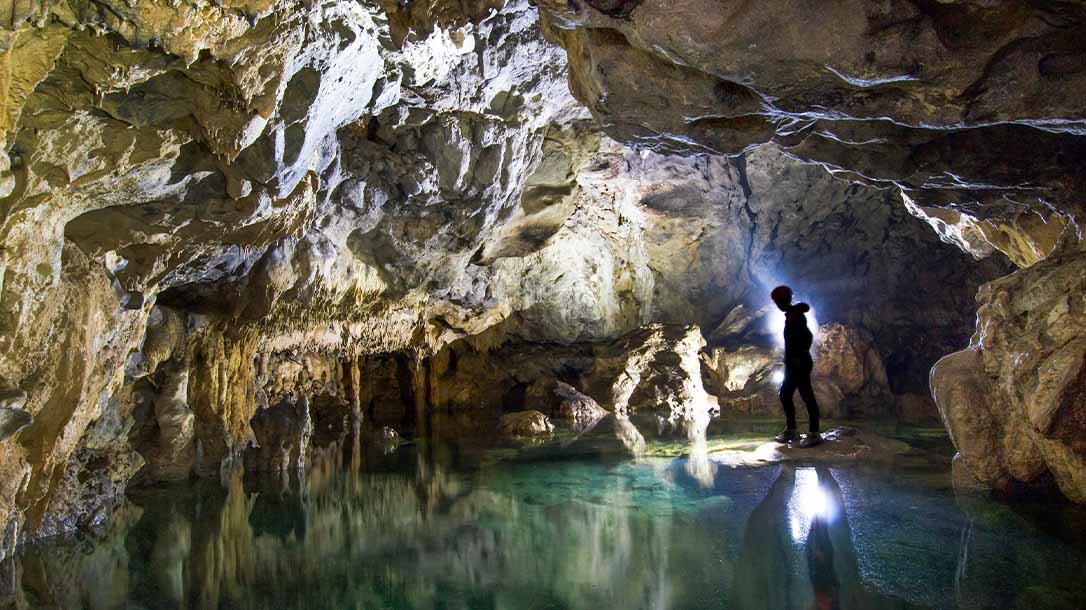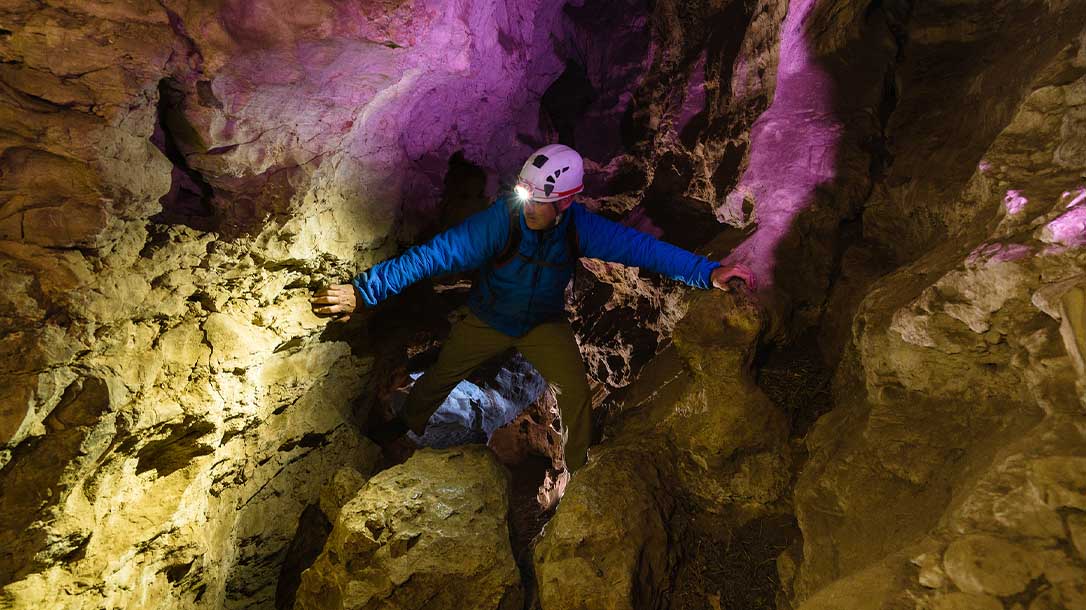The unknown is both scary and fascinating. The thrill of exploring places that are mysterious, challenging, and both physically and mentally demanding is what drives people to face death with every step they take literally. The dangers of exploring caves will be explained here, and most importantly, how to avoid these hazards.
Exploring Caves with Confidence
Venturing into a dark, cavernous mouth on the side of a mountain or descending into the pitch-black depths deep underground is an adventure that many people undertake, and they find the experience truly enriching and rewarding.
However, with all the excitement comes intense danger. Injuries and even death are possible outcomes resulting in a person’s need and want to explore caves.
From dehydration to broken limbs to getting lost and panic attacks, these are some hazards experienced while exploring caves.
Incompetence Can be Deadly
Before we venture into the world’s mysterious dark caves, it must first be mentioned that the number one factor that causes injuries and death in a cave system is the inexperience, overconfidence, or plain old ignorance of the explorer. You shouldn’t if you are not mentally or physically ready to go exploring caves beyond the beginner level. This isn’t unlike other activities that can prove highly dangerous and deadly if one is not all-in and prepared for the challenge.
Experience May Vary
Underwater diving, free-climbing, parkour stunt running, and BASE jumping are some such interests that require someone experienced and all-around up to the arduous undertaking to complete and survive. Experience is first on the list. Without hours upon hours of exploring and experiencing smaller and easier caves, should you even think about tackling a more challenging one with awkward pathways, sudden drops, and tight claustrophobia-inducing crevices? From experience comes overconfidence.
Yes, you may have handled a few caves here and there. But if you jump from beginner to expert level because of your ego, you may be putting yourself at risk. Finally, ignorance of how to use the proper techniques, notice the danger signs, or work with the correct equipment can cause many problems, to put it mildly. With all that being said, even an experienced explorer can run into unexpected and unpredictable dangers like the ones below.
Navigating Dark caves
It should be no surprise to anyone that a cave is very dark. Once an explorer has left the residue light that the sun produces at the cave’s entrance, they are at the mercy of whatever light source or sources they brought along on their journey. These could include a headlamp or a traditional flashlight. Although some may think it’s overkill to carry numerous sources of light, it is a must to make it out of the pitch darkness of a cave alive and well.
Numerous stories have been told by explorers who suffered from such light losses. They said they were only a hundred feet from the entrance yet were disoriented and unable to find their way out. Unpredictable accidents (which is why they call them accidents. You don’t plan on them!) can occur deep underground or when navigating through narrow passageways or crevices. Headlamps can get smashed against rock walls as one wiggles through slim paths, and hand flashlights can be dropped down deep crevasses.
In some cases, it’s not an unforeseen accident in the cave that makes an explorer lose light, but rather their lack of proper preparation or unfortunate forgetfulness to check power levels or batteries within their devices. It should go without saying that all batteries used in an explorer’s lighting devices need to be fresh and fully charged. In the excitement of their upcoming journey into nature’s dark network, this may be overlooked and could have life-threatening consequences.

The Danger of High Falls
Caves and larger cave systems often have sudden drops or steeply angled rock formations that can lead to severe injury or death. Even a fall from just a few feet or so can be highly debilitating because of the hard, jagged rock walls and surfaces that a person would most likely fall upon. Head injuries (more on this later), broken limbs, and the inability to escape from the area of their fall are all possible consequences of their unexpected drop downward.
Always have three points of contact when traversing uneven terrain to decrease the risk factor of falling. Remember, many caves are moist and have wet or slimy touch points. These only add to the chances of a fall. Proper footwear is necessary to keep a stable grip under your feet. Doing your research before buying your gear is an absolute must. Finally, don’t be a chance taker. This includes jumping wide distances over a chasm or sliding down angled rock formations. Chance takers die, plain and simple. Please don’t risk it.
Beware of Hypothermia
Hypothermia is a sneaky killer. Before you know it, it can cause a lethargic feeling, extreme drowsiness, fatigue, poor coordination, and unstable movements. From there, if your core body temperature drops below ninety-five degrees, you are in full hypothermia mode. If you don’t get warm soon, death will soon follow.
To combat this, when exploring the interior of a cold cave, first wear the appropriate clothing. Second, carry extra clothing for additional protection if your primary garments get wet or damaged. Cave temperatures can be misleading as they are often similar in temperature to their surrounding environments. But that is at or near the entrance. As you travel deeper inside the cave and then downward, the temperature will drop significantly.
The Dangers of Dehydration
This may not be at the top of everyone’s list as a danger when cave exploring, but surprisingly, dehydration could be a major problem. This can occur when an explorer spends more time in a cave than initially expected. As such, their water supply is gone, and the clock is ticking. Even though a person can survive without water for up to three or four days, most cave trips won’t be anywhere near that duration. Debilitating effects on the body can be felt within twenty-four hours.
Naturally, you’ll feel thirsty. Then, fatigue may set in, followed by dizziness and disorientation, which are not good symptoms in a cave-like setting. Carrying extra water in durable emergency pouch packages is a simple solution to this problem. It may be more weight, but when your lips are dry, you’ll be glad you have them.

Mental Stress
Mental stress is also a factor that can lead to severe problems while cave exploring. Claustrophobia can induce panic attacks, which can increase the heart rate. This leads to rash decisions and taking chances that they usually otherwise wouldn’t entertain.
They may try to move quickly out of the stressful situation and lose their footing; they could hit their head on low-lying rock formations or be disoriented in direction and move deeper inside the cave rather than trying to find the exit. Even though a person may not normally be claustrophobic, when they attempt to squeeze through a narrow passageway and get “stuck,” panic can set in quickly.
The solution to staying mentally stress-free when cave exploring is not tackling anything beyond your abilities. It’s also wise to always travel with another person. If a panic does overcome you for any reason, stop your movement immediately, take slow, deep breaths, and calm down. After all that, you can make logical, sound decisions and plan your way out.
Using Common Sense
There is no way to be fully danger-free when exploring a cave or cave system. You can, however, reduce the risk by following some essential common-sense tips. First, always explore with others. Going in alone dramatically reduces your chances of getting help if a life-threatening mishap occurs. Second, be prepared with the proper equipment and backup gear.
Ensure all is in working order and you have extra batteries, extra light sources, and enough provisions for your journey. Finally, leave your ego at home and only do what your physically and mentally can handle. Pushing yourself past your limits or tackling dangerous routes without being experienced enough to conquer them is a fast track to injury or death. Enjoy your time in one of nature’s most unique landscapes. However, understand that danger lurks around every corner, and it’s up to you to be ready for it while exploring caves.
Looking for more outdoor adventures? Then this article may just be for you: Treasure Hunting 101

Didn’t find what you were looking for?
Read the full article here




